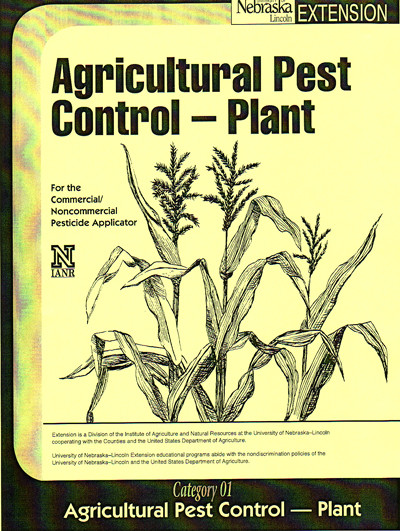
Similar challenges were documented in developing economies such as India and Iran, where non-adherence to building codes is common.Ĭonsidering that it is impractical for developers and real estate investors, and individual owners to raise trillions of dollars to repair buildings, the monitoring of agricultural structures is critical to commercial agricultural production, especially in the West, where harsh weathers limit the agricultural production cycles and necessitate the installation of greenhouse structures. The risk of structural failure was not unique to bridges considering that different structural failure forms were observed in building structures in Australia’s New South Wales. The costs could be higher because there are no recent estimates. The total cost of repairing functionally obsolete structures in the US is about $3.6 trillion. For example, at least one in four US bridges are functionally obsolete and at a higher risk of failure. Beyond the farm environment, the state of the art review of sensors has practical implications for the global construction and real estate sectors, which have recorded significant losses from the failure or continued application of functionally obsolete building structures. īeyond grain silos, the repair of individual farm structures after structural failure is costly and ineffective, considering the size factor, cost of construction, function, age, and material modification of the building structures. The measurement of corrosion activity is critical in steel farm structures, given the higher susceptibility to redox reactions and gradual environmental degradation. The scope of the review focuses on sensors for measuring chloride ingress, corrosion activity, carbonation, concrete (electrical) resistivity, permittivity, and stress/strain and the following thematic areas: sensors for monitoring and health diagnosis of agricultural structures, sensors for concrete, steel, timber, electrochemical, fiber optic, wireless, ultrasonic, fiber Bragg grating sensors, self-sensing materials, the utility of sensors in facilitating the repair process, mitigation of failure, initiation of appropriate action, improving the durability and useful life, and the replacement of agricultural structures. For example, wood structures in farms are easily degraded by water while UV radiation negatively affects polymer materials used in the construction of greenhouses.

The review article focuses on utilizing sensors in agricultural structures to accurately monitor the durability of concrete, metallic structures, and greenhouse covering materials and susceptibility to environmental degradation.


Key challenges include inconsistent installation of sensors in farm structures, technical constraints, and lack of support infrastructure, awareness, and preference for traditional inspection methods. Notable improvements made with the progress in technology include better accuracy of the measurements, reduction of signal-to-noise ratio, and transmission speed, and the deployment of machine learning, deep learning, and artificial intelligence in smart IoT-based agriculture. Current literature suggests that the functionality of sensors has improved with progress in technology. The cost–benefits of each type of sensor and utility in a farm environment are explored in the review. Various sensors have been employed for accurate and real-time monitoring of agricultural building structures, including electrochemical, ultrasonic, fiber-optic, piezoelectric, wireless, fiber Bragg grating sensors, and self-sensing concrete.

Agricultural structures are susceptible to environmental degradation due to frequent exposure to water, organic effluent, farm chemicals, structural loading, and unloading. The health diagnosis of agricultural structures is critical to detecting damages such as cracks in concrete, corrosion, spalling, and delamination.


 0 kommentar(er)
0 kommentar(er)
